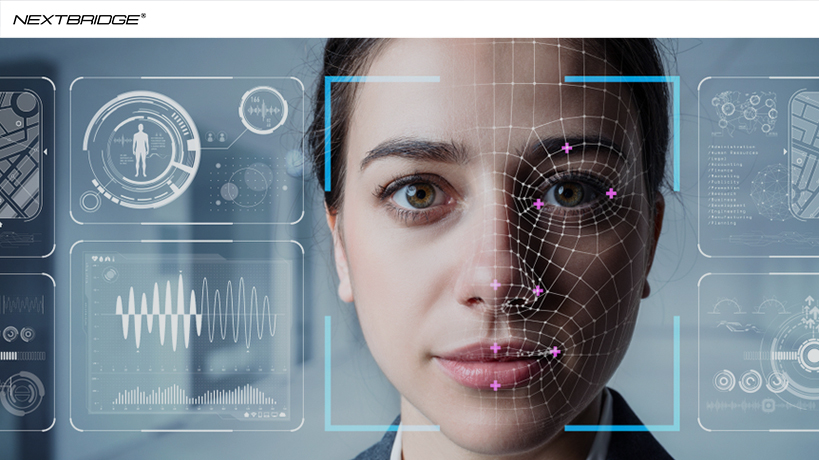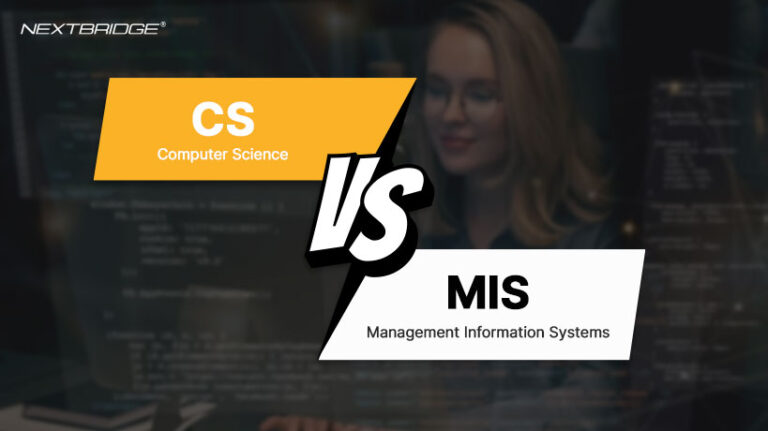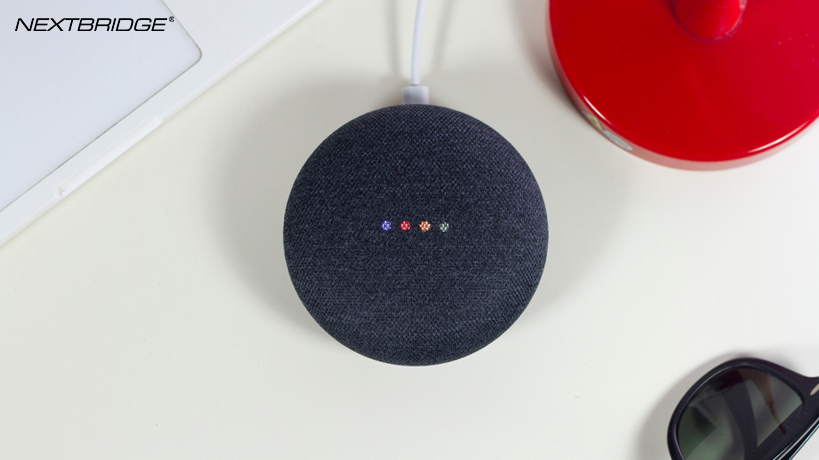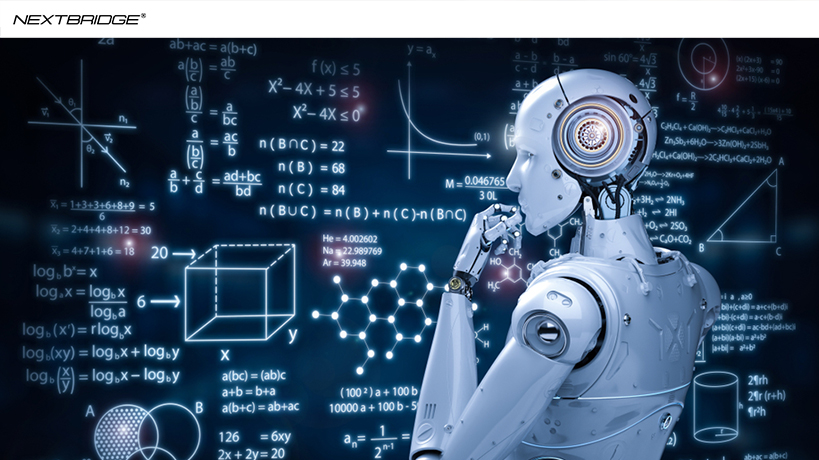In 2019 alone, the facial recognition market size in the US was USD 3.2 billion. In 2024, the projected market size of the AI Face recognition technology is USD 7 billion. The growth is exponential and is expected to keep on rising in the future. There’s no doubt that facial recognition in 2020 is one of the widely talked about technologies out there.
Even though research into facial recognition was first started in the 1960s, the advancement the technology witnessed was in the last decade. Thanks to advanced techniques and face modelling and analysis techniques. A wide range of systems for facial recognition in 2020 are available and implemented in various fields. Facial recognition has a lot of benefits of its implementations in a wide range of fields. However, it has its limitations or even loopholes that are still stressing on the question of whether AI face recognition technology is worth it or not?
Let’s explore together what the major loopholes
1) The Loophole of Light Variations:
One of the commonly accepted loopholes in AI face recognition technology is the variation of light under different real-life scenarios. Even you can experience this loophole through the iPhone’s facial recognition system. At times, facial recognition fails to work especially when you use it in dark environment conditions.
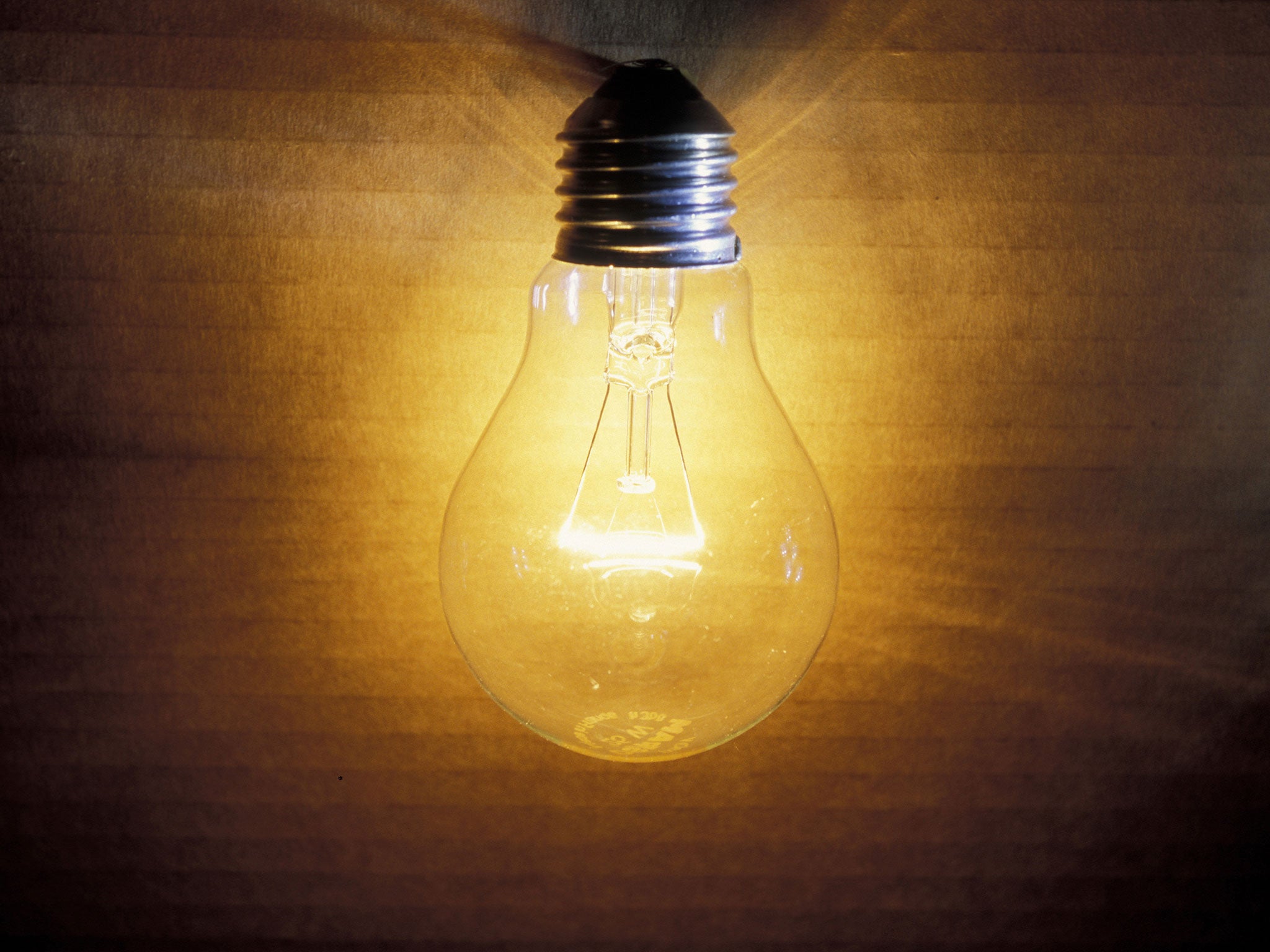
Even a slight change in environment light conditions may significantly alter facial recognition’s understanding of the frame. This will result in discrepancies over the course of time as light variations will occur especially on mobile devices.
2) The Loophole of Occlusion:
We all have days where we either want to get a new haircut or decide to grow a beard. These might look cool for our appearance but a new appearance is a total headache for facial recognition AI.

A concept known as occlusion which refers to blockage comes into play here. Blockage for AI facial recognition also occurs when you wear a cap or a mask. This is one of the biggest challenges for AI face recognition technology as the unpredictability factor is a little too much for artificial intelligence.
3) The Loophole of Poses & Expressions:
Even though the loophole regarding poses has been avoided to a significant extent. Still, it’s an important aspect that we need to discuss. Different pose angles or variations within these angles can be problematic for facial recognition. One of the many reasons why facial recognition fails to perform at all times is due to how a user uses an AI facial recognition embedded device. For example, if you use a mobile device while laying in bed or maybe when you’re running, facial recognition is bound to fail.
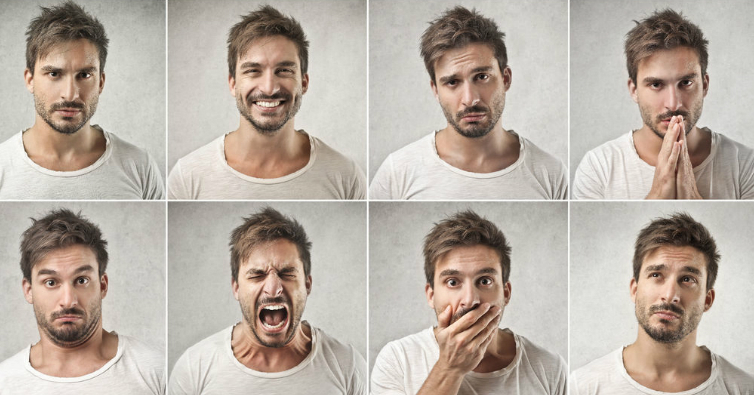
The same can be said regarding expressions. When the human face undergoes a change of expressions, the feature extractions can be hard to detect for AI face recognition technology.
4) The Loophole of Ageing:
Everyone ages. Wrinkles, spots, loss of hair are common occurrences in life for people. However, AI facial recognition isn’t exactly prone to these changes or extracts the features effectively.

This loophole can be countered after collecting data of different people over the course of time and identifying potential trends that can avoid discrepancies. Of course, this loophole can be avoided after updating the system after certain periods of time so that feature extractions could be maintained.
5) The Loophole of Facial Recognition:
Facial recognition’s model itself is quite complex as it relies on Convolutional Neural Network architecture. The CNN architecture is complicated in the sense that it is unsuitable when it comes to prediction and real-time performance on devices. Architecture needs to be devised where light variations, occlusion and ageing can be countered and the factor of unpredictability might be eradicated.

6) The Loophole of Privacy:
The biggest and without a doubt the most alarming loophole in AI facial recognition technology is the fact that privacy can be invaded. In mobile devices for example, if you’re asleep someone else can possibly use your mobile device and invade your privacy by obviously scanning against your face while you’re asleep.

The privacy invasion issue isn’t just limited to mobile devices. There have been numerous cases with facial recognition technology, where it has failed to maintain the security of an individual or an organization.
In a Nutshell:
AI face recognition technology is an exciting prospect and continues to influence the world of technology in numerous ways. The horizon where it finally meets our standards without any loopholes is still quite far away. However, the industry is growing at a rapid pace because its implementation is inevitable in a wide range of fields. If you’re looking for AI developers that can reduce these loopholes and develop a face recognition technology for your mobile application, then get in touch today.
